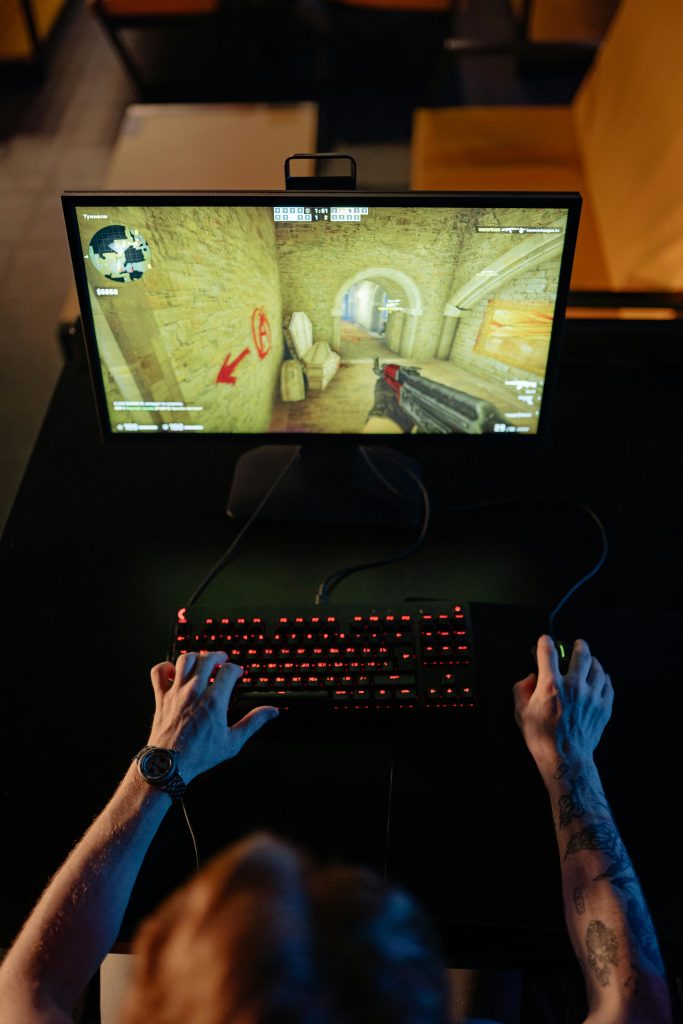Seeking the Perfect Laptop: Can You Find a Device That Combines Power, Portability, and Durability?
In today’s fast-paced digital environment, finding a laptop that strikes the ideal balance between performance, build quality, and portability is a common pursuit among tech enthusiasts and professionals alike. Many users seek a device that can handle demanding applications while remaining lightweight and durable enough for everyday portability. But is such a machine even available on the market? Let’s explore the typical requirements and current options.
Key Features Desired in the Ideal Laptop
Many users prioritize the following features when searching for their next device:
- Robust, Metal Construction: A solid, premium build that ensures durability and a sleek aesthetic.
- Lightweight and Portable: An easy-to-carry design suitable for on-the-go use.
- High Performance with Dedicated Graphics: Equipped with a dedicated NVIDIA GeForce RTX 40xx or 50xx series GPU to handle intensive tasks such as gaming, 3D rendering, or content creation.
- Long Battery Life: At least six hours of usage, ideally supported by the ability to disable or switch off the dedicated GPU when not needed to conserve energy.
Is Such a Laptop Feasible with Current Technology?
The challenge lies in integrating all these features into a single device. High-performance laptops with discrete GPUs have traditionally been bulky and power-hungry, often sacrificing portability and battery life. Conversely, ultralight laptops tend to rely on integrated graphics, such as Intel’s Iris Xe or ARM-based solutions, which may not provide the same level of graphics performance.
Can the desired combination exist on x86 architectures, or are ARM-based laptops the only viable solution?
Current Market Options
-
Gaming and Content Creation Laptops: Brands like ASUS ROG Zephyrus, Razer Blade, Dell XPS 15, and Lenovo Legion often feature durable metal builds, powerful GPUs, and reasonable portability. However, they sometimes compromise on weight and battery life when equipped with high-end discrete GPUs.
-
Ultrabooks with Integrated Graphics: Devices such as the MacBook Air or Dell XPS series are lightweight, feature solid construction, and have impressive battery life, but they lack high-end dedicated GPUs.
-
ARM-Based Laptops: Devices like the Microsoft Surface Pro X and various Windows on ARM devices offer excellent battery life and portability but currently lack options with high-performance discrete NVIDIA GPUs.
Future Outlook
The convergence of high performance
Share this content:



